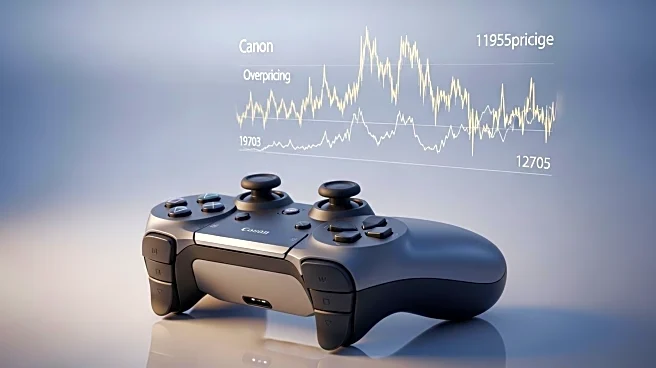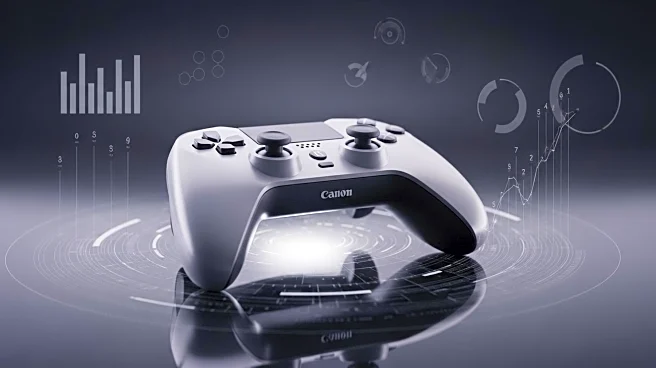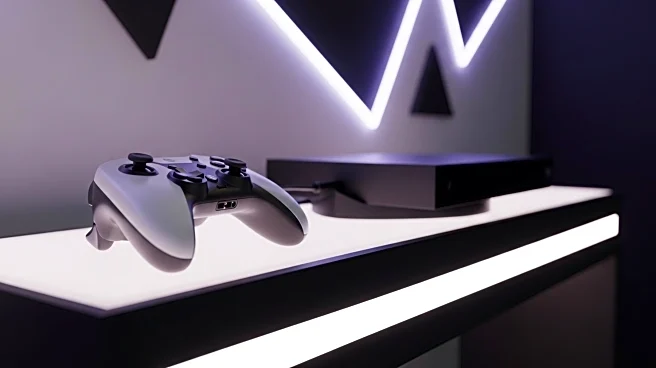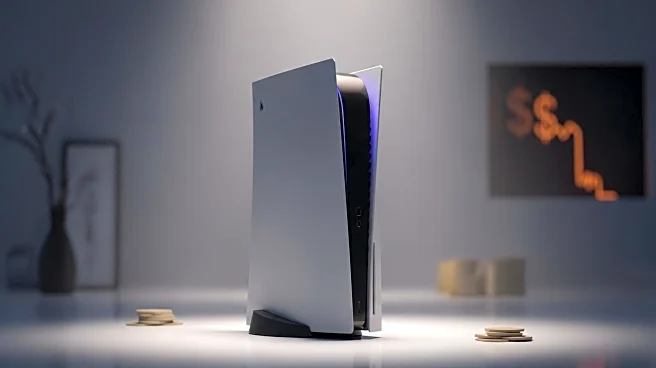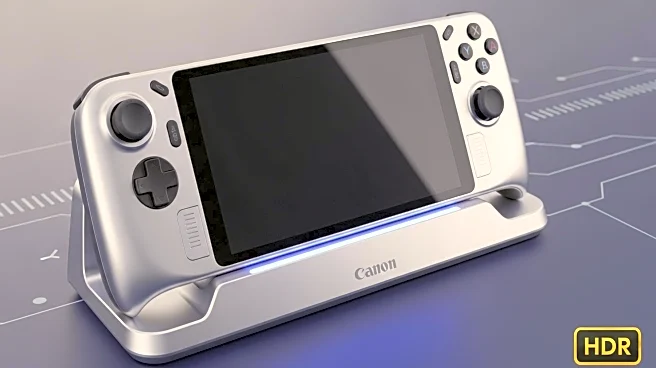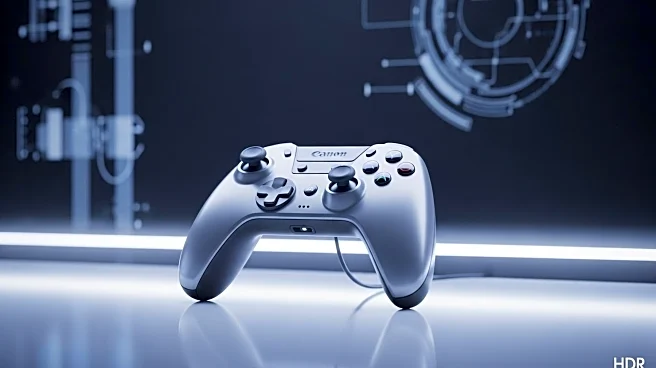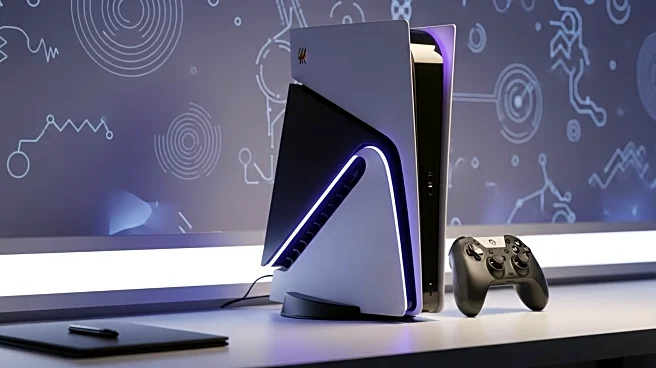What's Happening?
An analysis by Ars Technica has highlighted that current video game consoles are significantly more expensive than historical pricing trends would suggest. Despite expectations for price reductions over time, major console manufacturers like Nintendo, Sony, and Microsoft have instead increased the MSRP for many of their consoles in recent months. This trend defies historical norms, where consoles typically saw price cuts within a few years of release. The analysis used data from past console releases, adjusted for inflation, to demonstrate that today's consoles could be priced around $200 if historical price-cut patterns were followed. The study suggests that factors such as pandemic-related chip shortages may have initially contributed to price stability, but these issues have largely been resolved.
Why It's Important?
The findings are significant for consumers and the gaming industry, as they suggest that gamers are paying more than they historically would for new consoles. This could impact consumer spending and the overall market dynamics, potentially leading to decreased sales if prices remain high. The lack of price cuts may also affect the competitive landscape among console manufacturers, as consumers may opt for alternative gaming platforms or delay purchases. Additionally, the analysis raises questions about the pricing strategies of major gaming companies and their impact on consumer trust and market growth.
What's Next?
If the trend of high console prices continues, it may prompt consumer advocacy groups to call for more competitive pricing strategies. Manufacturers might face pressure to justify their pricing models or offer more value through exclusive games or bundled offers. The gaming industry could also see shifts in consumer behavior, with more players turning to PC gaming or cloud-based services as cost-effective alternatives. Future developments in technology and manufacturing could influence pricing strategies, potentially leading to adjustments in console prices.
